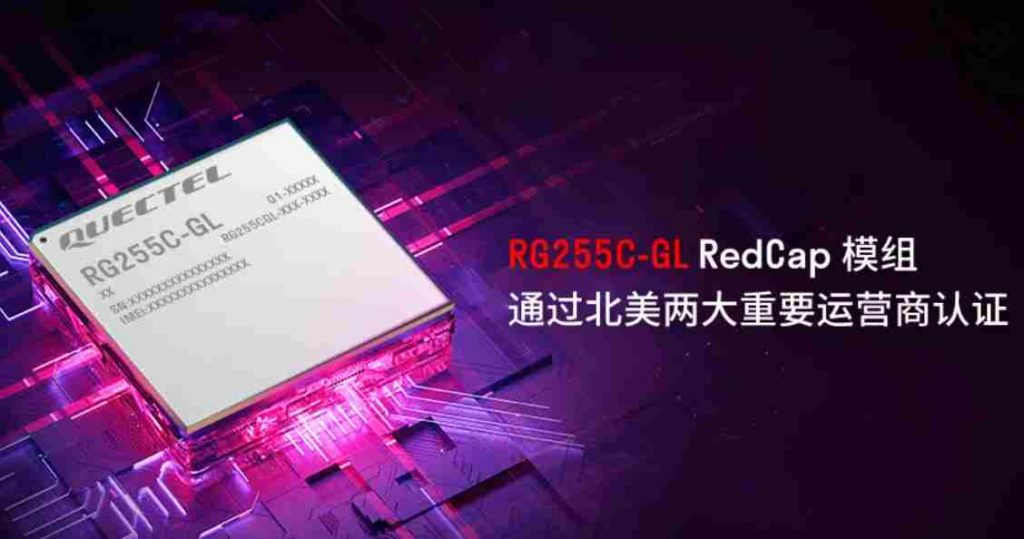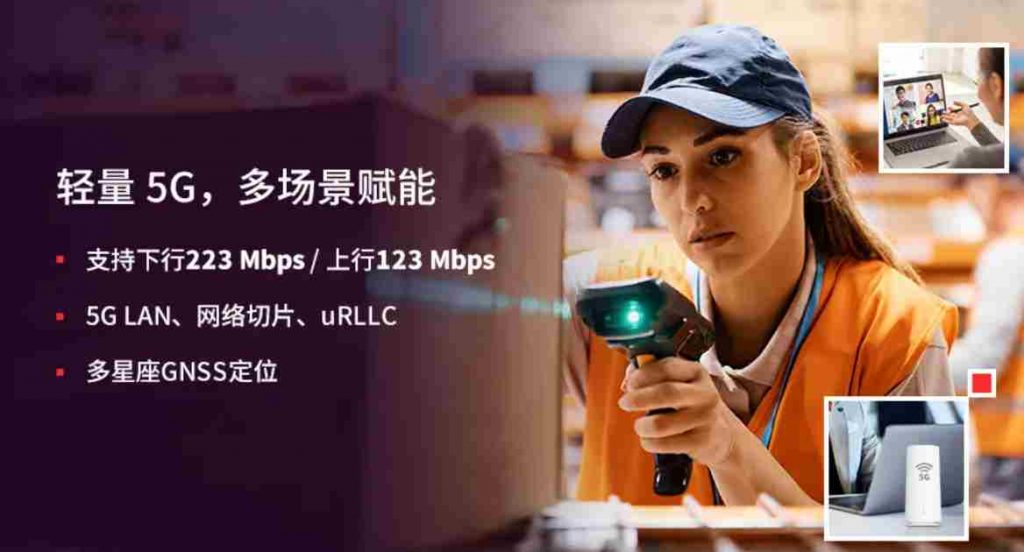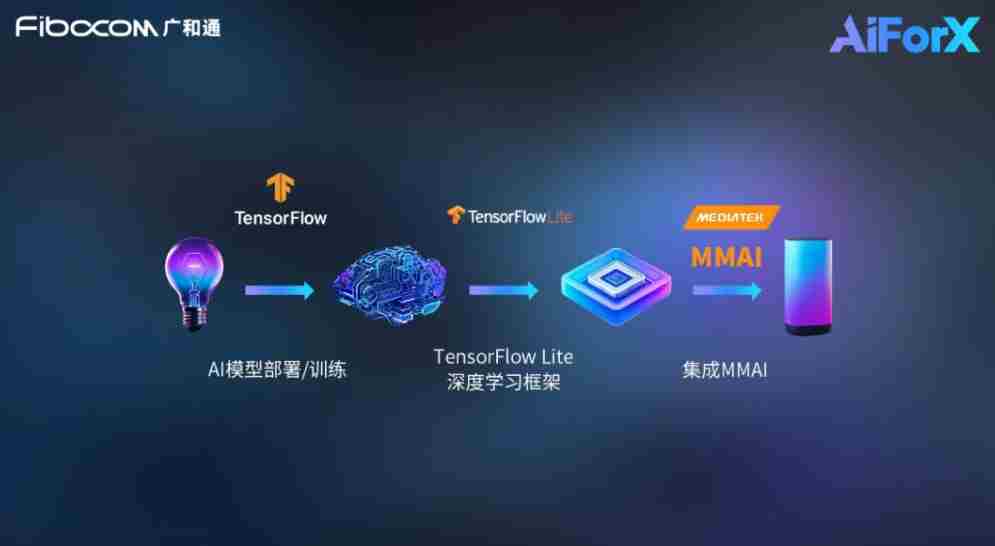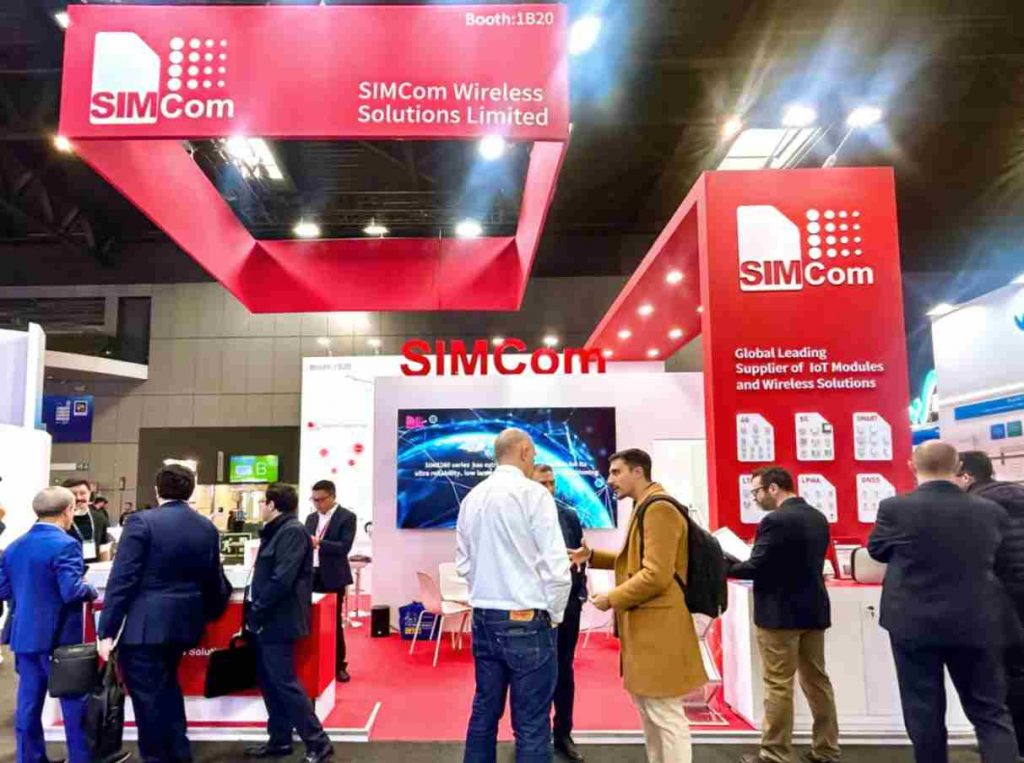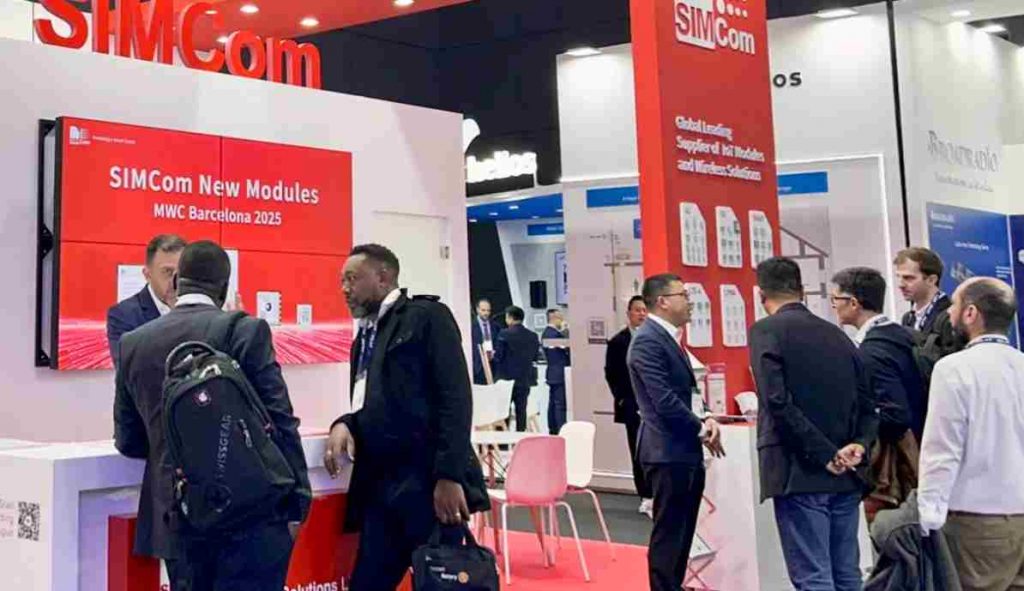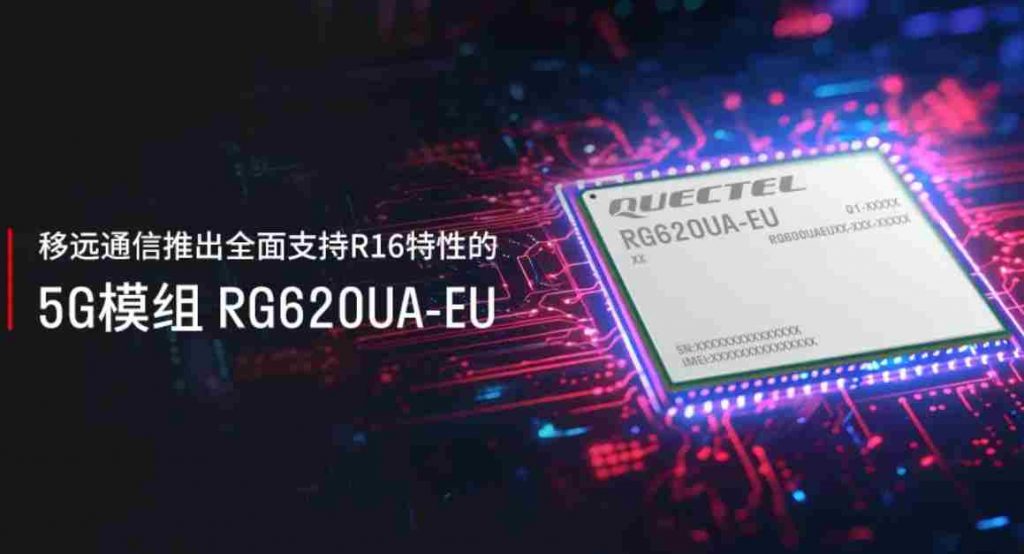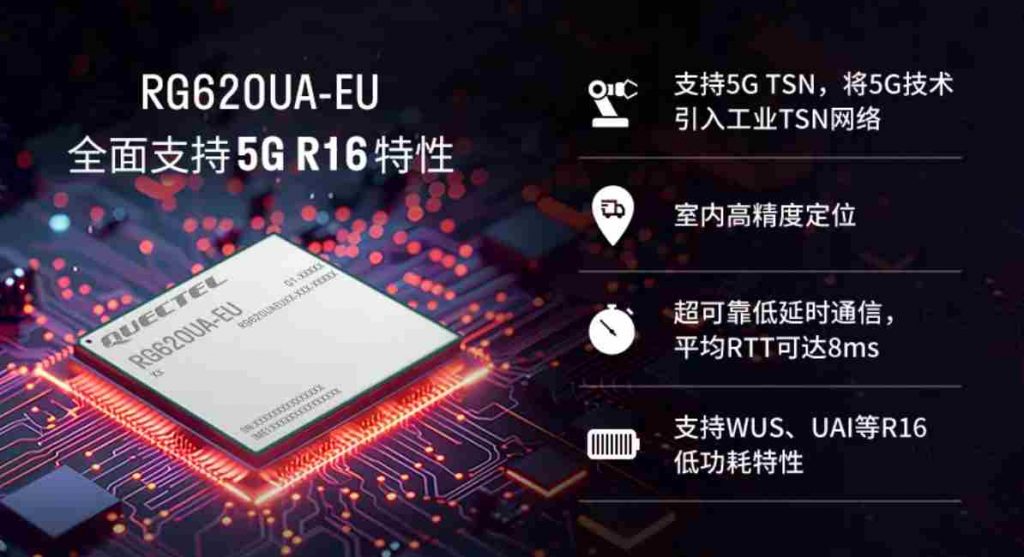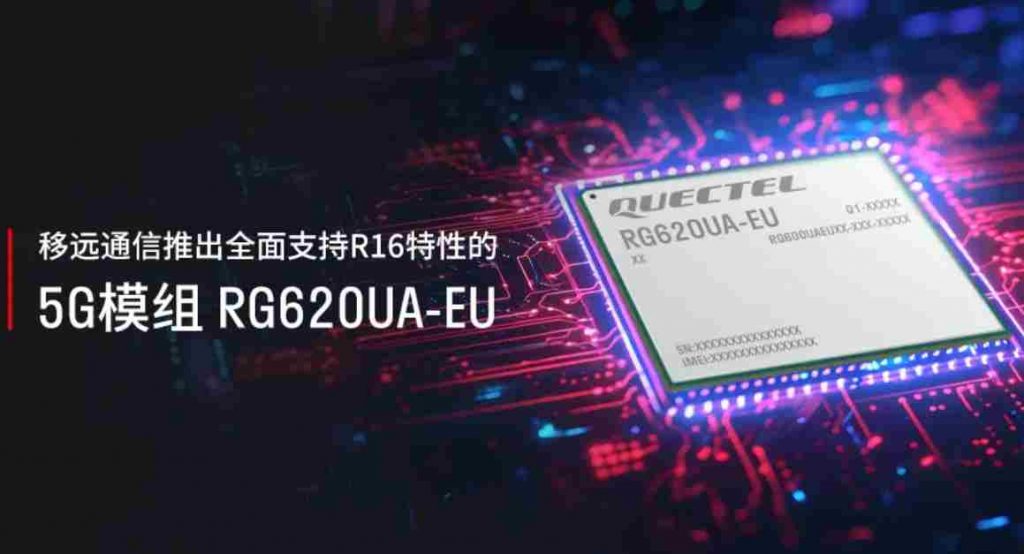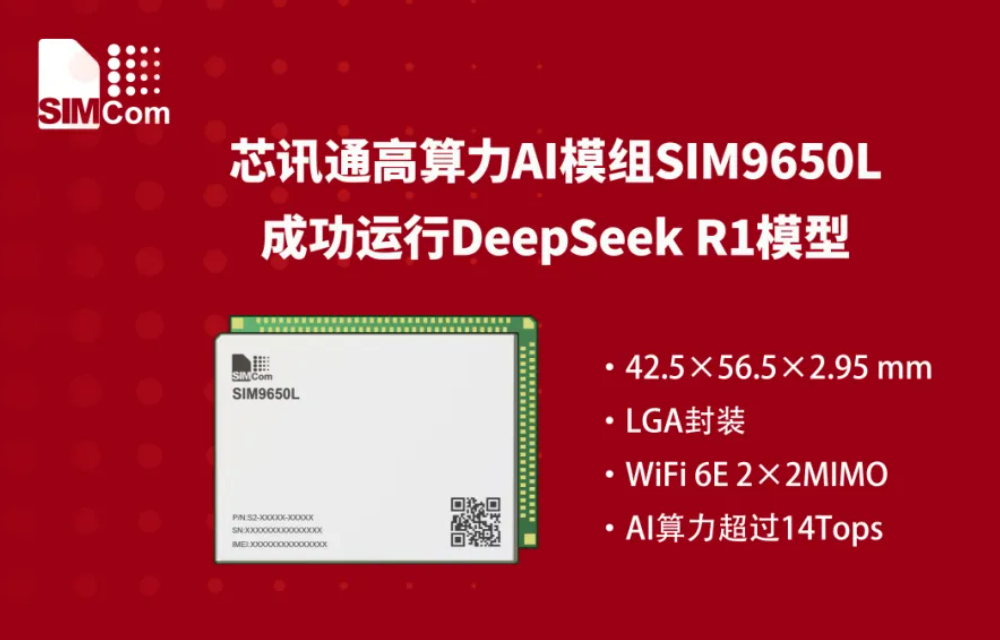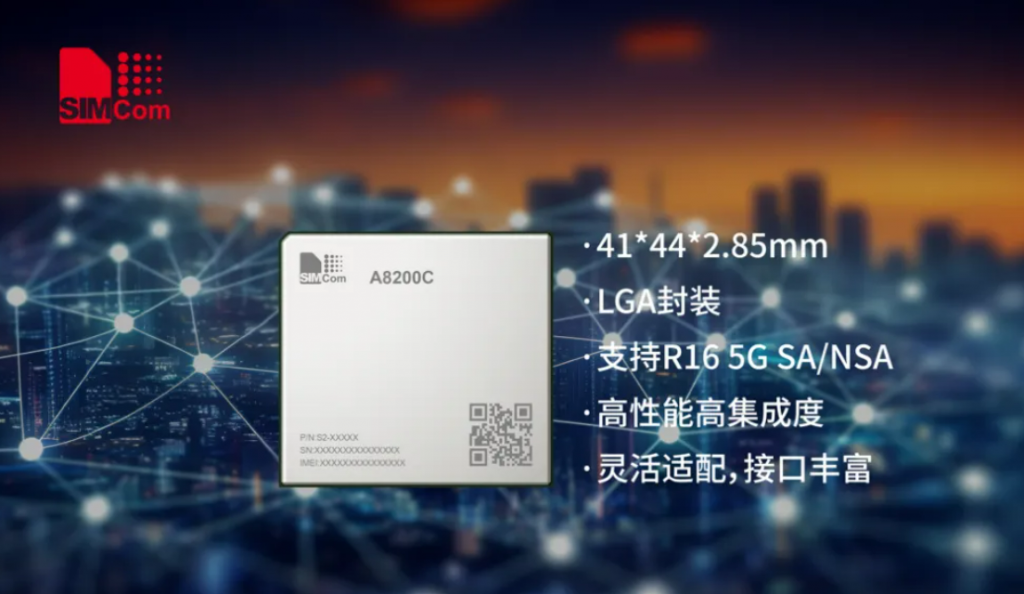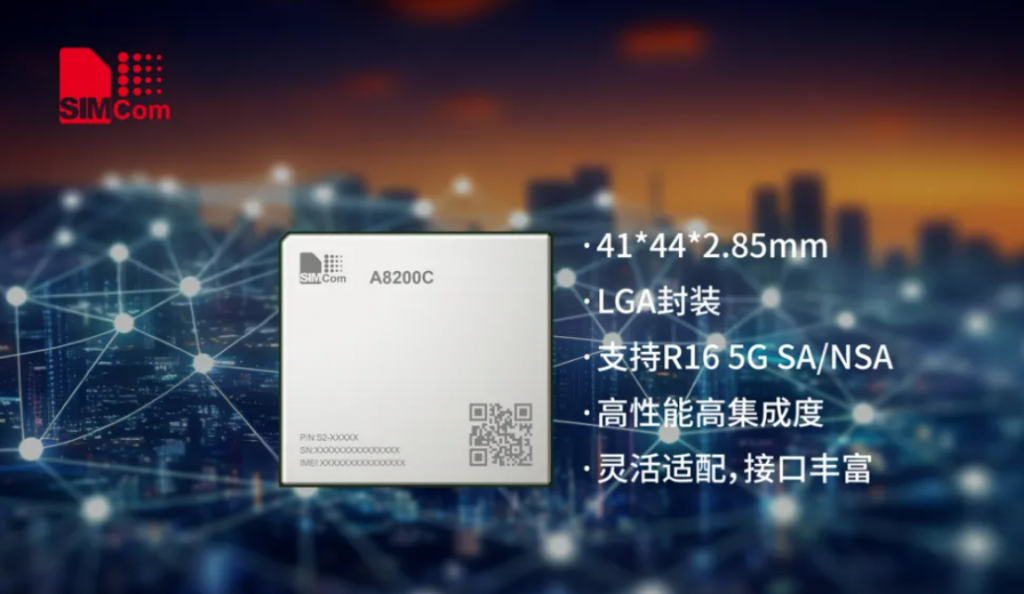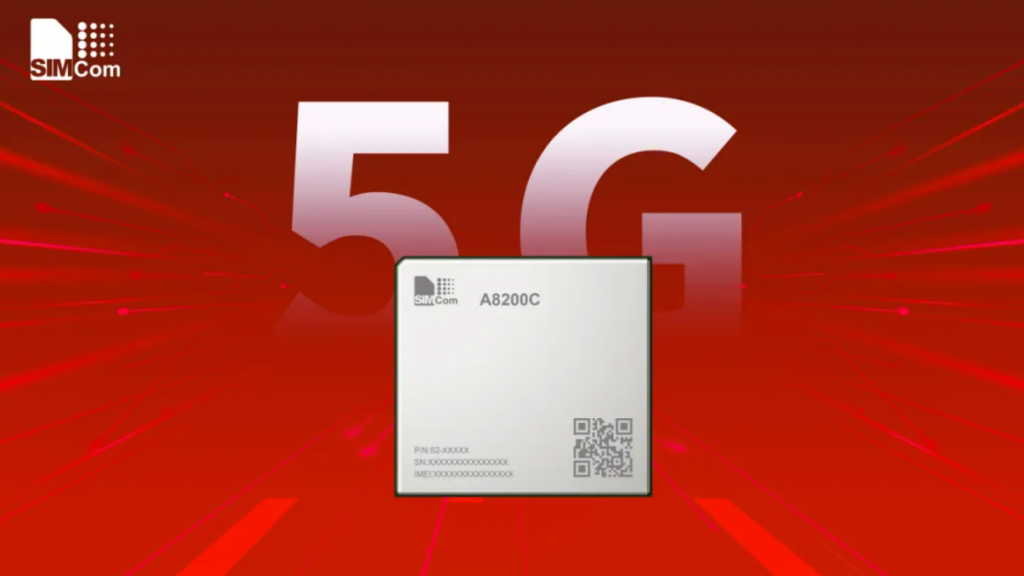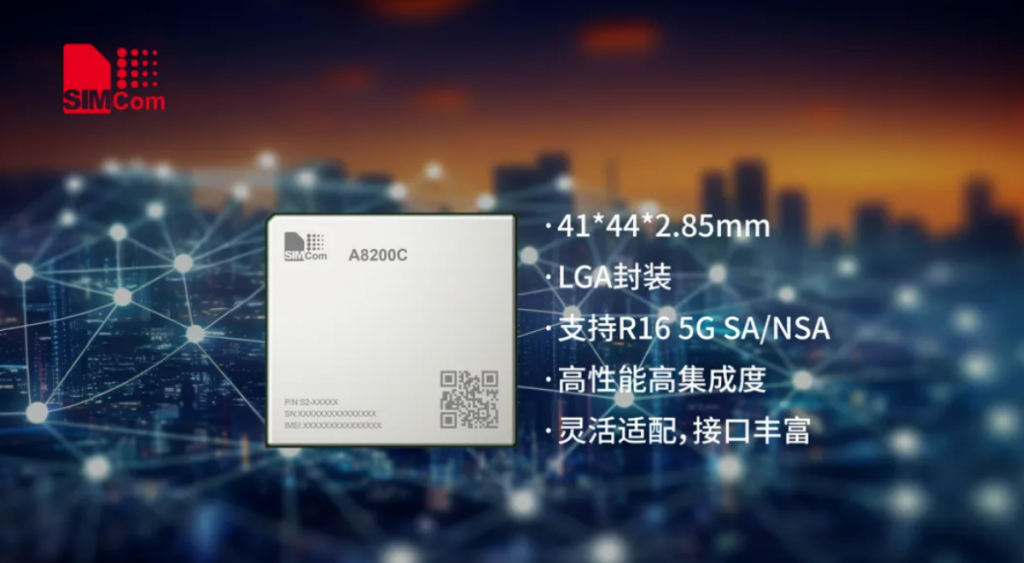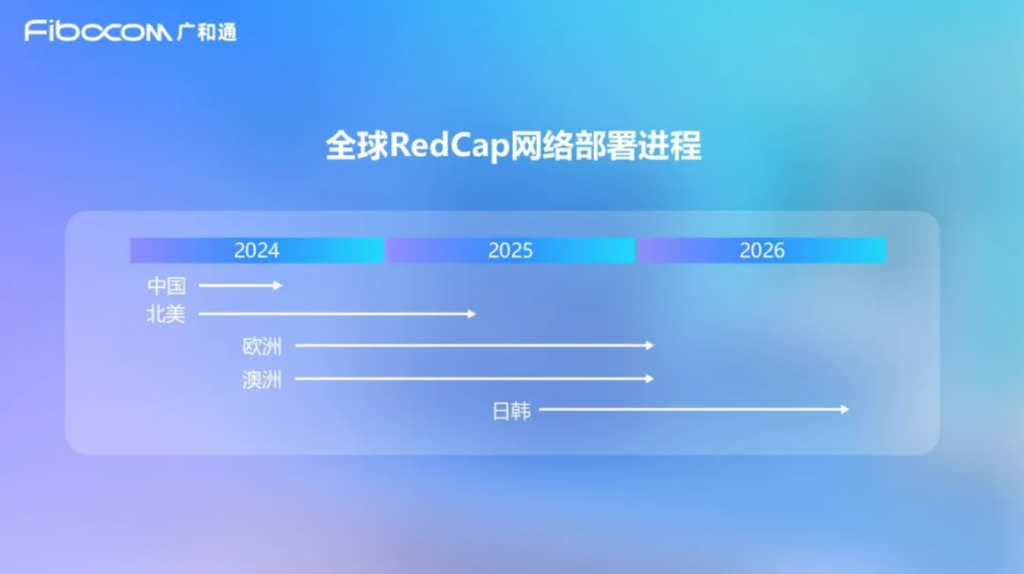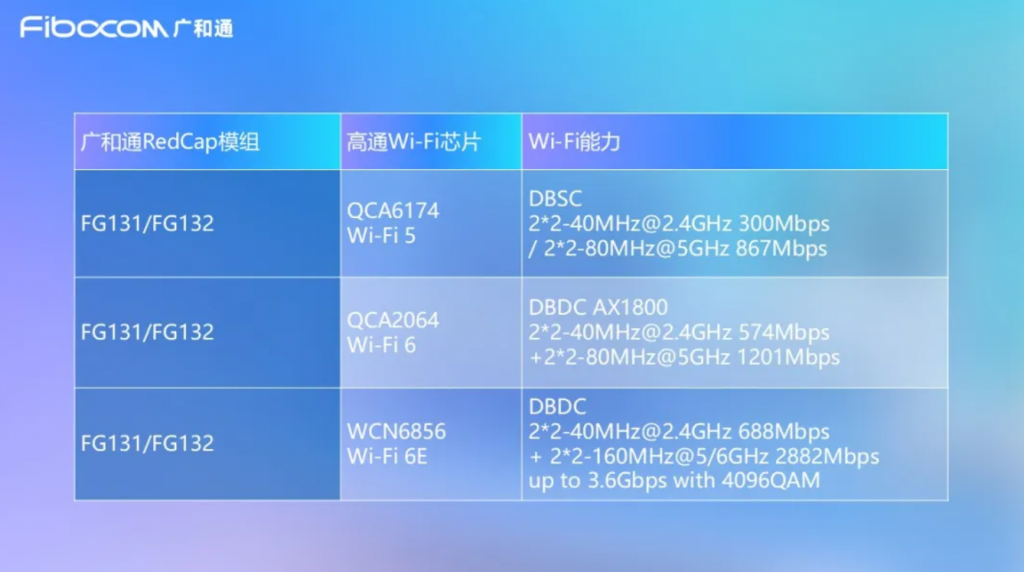AI
At this year’s MWC, Artificial Intelligence (AI) was undoubtedly the brightest star. With the explosion of generative AI technology, more and more companies are starting to apply it across various fields. From intelligent customer service to autonomous driving, from content creation to office collaboration, AI is gradually permeating every aspect of our lives. Especially in the fields of consumer electronics and payments, the integration of AI technology has made devices such as smartphones, PCs, smart glasses, smart payment systems, and smart toys more intelligent and personalized.

SIMCOM participated in this year’s MWC by showcasing a series of products, such as the high-performance smart module SIM9650L and the 4G smart module SIM8965. These modules integrate cutting-edge AI algorithms and hardware design, providing powerful computing and data processing capabilities, thus driving the intelligent upgrade of smart terminal devices.
SIMCOM also made its debut by launching the SIMCom AI Stack, a full-stack AI solution based on its AIoT module matrix, aimed at helping customers address the pain points in the practical application of AI on the edge. This solution helps to build a complete and efficient value chain for edge-side AI.
In the future, SIMCOM will soon introduce more high-performance smart modules, working with global partners to accelerate the implementation of edge-side AI applications.
5G
As the upgraded version of 5G technology, 5G-Advanced (5G-A) also attracted significant attention at this year’s MWC. 5G-A not only improves network performance but more importantly, it begins to deeply integrate with various industries, driving digital transformation across sectors.
At the exhibition, several telecom operators showcased practical use cases of 5G-A technology in fields such as industrial IoT, low-altitude economy, and remote healthcare. Major telecommunications equipment manufacturers also demonstrated end-to-end solutions and industry application cases based on 5G-A technology, gradually bringing 5G-A technology to life.

SIMCOM has also strategically entered the 5G-A field early on. The SIMCOM SIM8390, an upgraded version of 5G, supports Sub-6GHz and mmWave frequency bands, offering higher speeds, lower latency, greater connection scale, and lower energy consumption. It has become favored by industry customers in high-speed applications and premium markets in Europe.
SIMCOM’s 5G-A strategy focuses not only on technological upgrades but also on industry adaptability. By collaborating with operators and equipment manufacturers, SIMCOM offers end-to-end solutions that help customers quickly integrate the full chain from network deployment to application, acting as an “accelerator” for enterprise digital transformation.
6G
At this year’s MWC, many companies showcased their latest research results and future plans regarding 6G technology.
Currently, 6G technology is expected to be fully commercialized around 2030, with transmission rates potentially reaching 1Tbps, far exceeding current 5G capabilities. Additionally, 6G will support AI-native networks, holographic communication, low Earth orbit satellite networks, and other advanced technologies, driving the arrival of the Internet of Everything era. In the consumer electronics sector, the introduction of 6G technology will empower smart terminal devices with higher performance and richer functionalities.
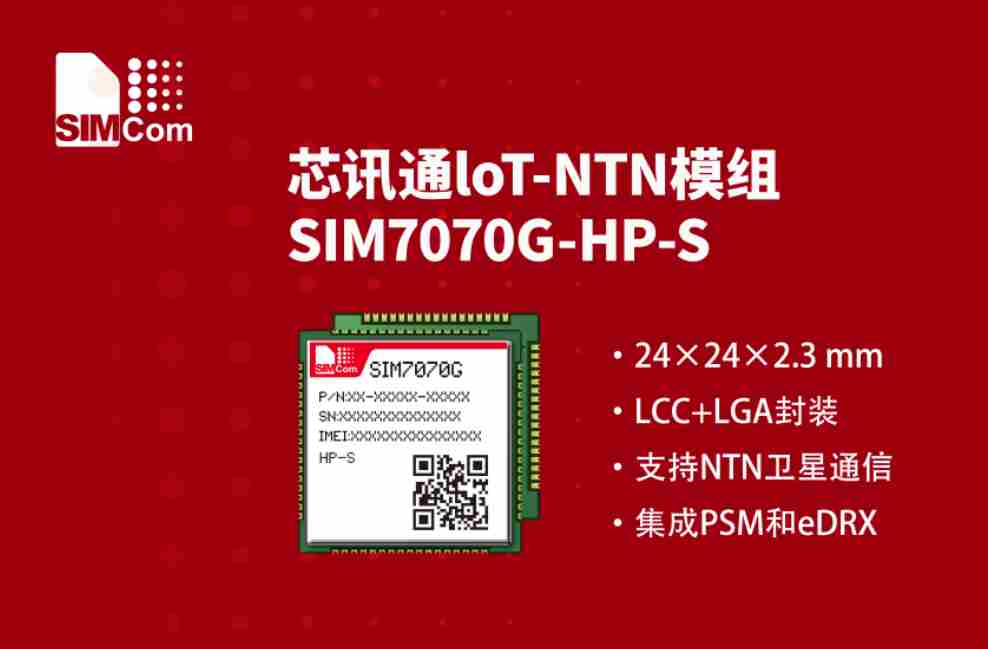
Although the commercialization of 6G is still some years away, SIMCOM has already laid the groundwork for its technological advancement. In 2023, the company launched the SIM7070G-HP-S, a satellite communication module supporting 3GPP NTN (Non-Terrestrial Networks). This module supports 3GPP Rel-17 (IoT-NTN) satellite communications in the L-band (B255) and S-band (B256/B23) frequency ranges. It also supports Cat-M/Cat-NB2 wireless communication modes and can be applied in maritime, transportation, agriculture, and energy sectors, contributing to the promotion and implementation of satellite IoT applications.
This year’s MWC 2025 highlighted three cutting-edge technologies: AI, 5G-A, and 6G, showcasing the latest trends and innovative achievements in the global telecommunications industry. As a pioneer in the global IoT communication module industry, SIMCOM actively participated and demonstrated its strong capabilities and forward-thinking vision in the field of communication technology. As these technologies continue to develop and be applied, we will usher in a more intelligent, digital, and interconnected future.
